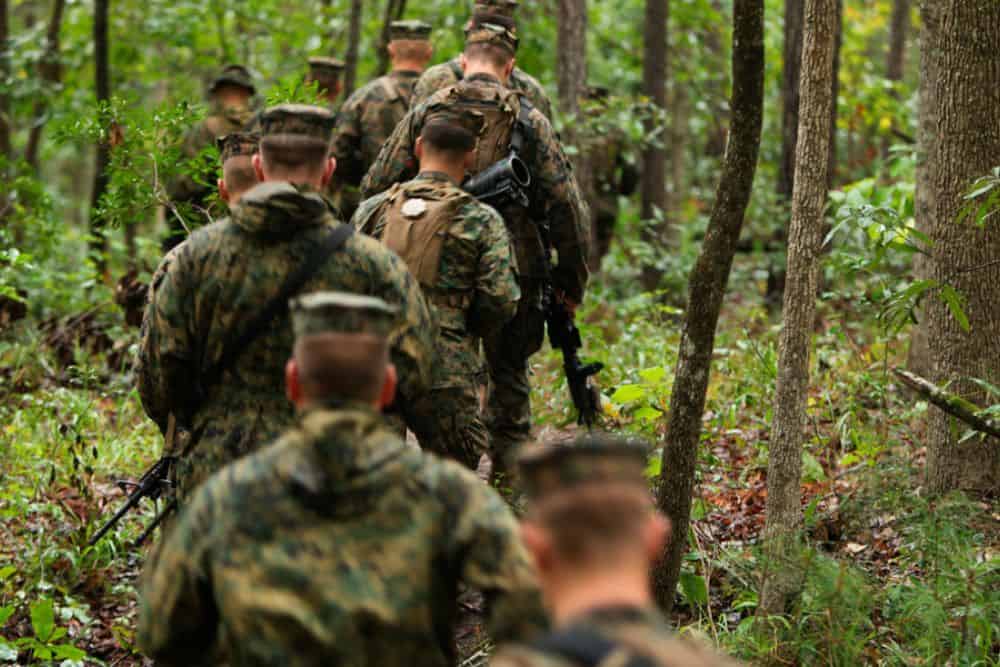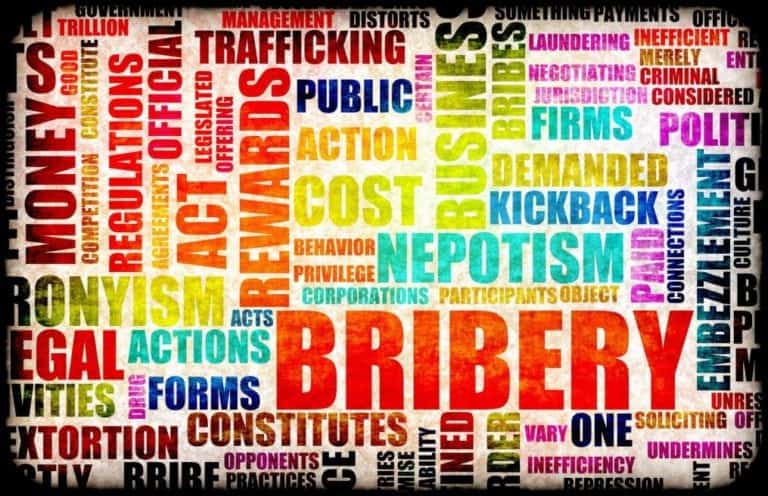Marine Corps Launches Joint Training in the Philippines Amid Escalating South China Sea Tensions
In a bid to enhance military alliances and address mounting concerns over China’s assertive presence in the Pacific, the United States Marine Corps has initiated the second rotation of the Marine Rotational Force-Southeast Asia (MRF-SEA) in the Philippines. This move comes as tensions in the South China Sea continue to seethe, particularly due to a long-standing dispute between the Philippines and China over fishing territory.
MRF-SEA: Building Stronger Alliances in Southeast Asia
The MRF-SEA, a vital component of the U.S.’s strategic shift towards the Pacific, is specifically designed to foster closer relations with Southeast Asian military partners. Its primary mission is to collaborate with allies and contribute to regional security.
Last month, MRF-SEA commenced its deployment in the Philippines, where tensions with Beijing have been a persistent issue. In a recent development, U.S. Marines and sailors, alongside their counterparts from the Philippine, Malaysian, and Indonesian militaries, launched a two-week training operation dubbed “security cooperation engagements.”
Colonel Thomas Siverts, the commanding officer of the 11th Marine Expeditionary Unit overseeing the rotational force, emphasized the significance of working closely with partner nations. He stated, “Leading Marine Rotational Force-Southeast Asia while shoulder-to-shoulder with our partners, inside their respective command posts, provides a remarkable and dynamic vantage point. We are enabling operations that span the vast expanse of the Indo-Pacific region, demonstrating our adaptability in pursuit of our mission.”
Sama Sama Exercise: A Symbol of Unity
The current exercise, known as Sama Sama, holds special significance as it means “together” in Tagalog, the official language of the Philippines. It marks the second rotation of MRF-SEA in its role as a “scalable” force in the western Pacific, although the exact size of the deployed unit has not been disclosed.
According to the press release, MRF-SEA offers a “flexible” force that can be tailored to meet the evolving needs of the Pacific theater. This adaptability underscores the commitment to shared security objectives and strengthens collaboration with regional allies and partners in a rapidly changing geopolitical landscape.
Collective Defense in the Pacific
The U.S. Marine Corps’ involvement in the Philippines is part of a broader strategy for “collective defense” in the Pacific. Alongside the Marine Rotational Force-Darwin, a task force based in Australia, the U.S. Marines have been actively engaging with several countries in the region to counterbalance China’s influence in the South China Sea.
The MRF-SEA training exercises encompass a range of operations, including helicopter and amphibious activities, coastal defense training, raids, and reconnaissance. A small command element supported by drone technology, explosive ordnance teams, and naval assets leads the force.
In a spirit of international collaboration, partners will join the Marines in training for chemical, biological, radiological, and nuclear defense, as well as information operations—a domain of warfare that has gained prominence not only in the Pacific but also in other global conflicts, such as the ongoing tensions between Ukraine and Russia in Eastern Europe.
It is worth noting that command and control of the MRF-SEA task force is orchestrated from the U.S. West Coast, ensuring a seamless coordination of operations in the region. As tensions persist in the South China Sea, these joint exercises and partnerships remain integral to maintaining regional stability and security.



